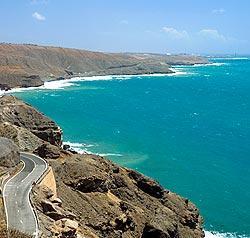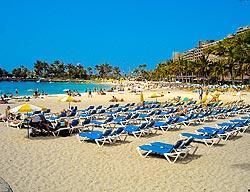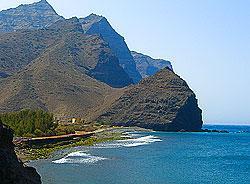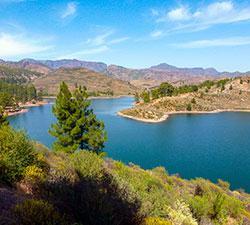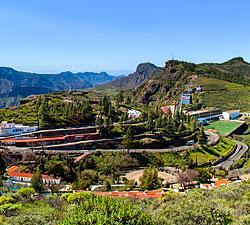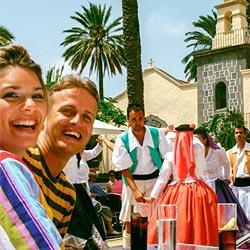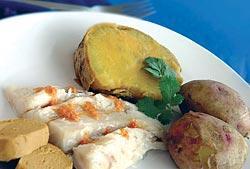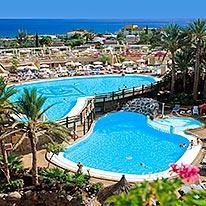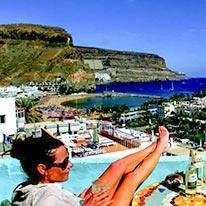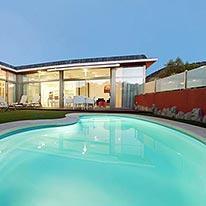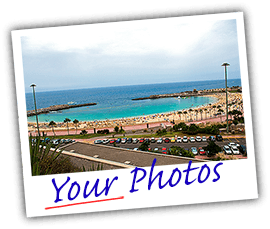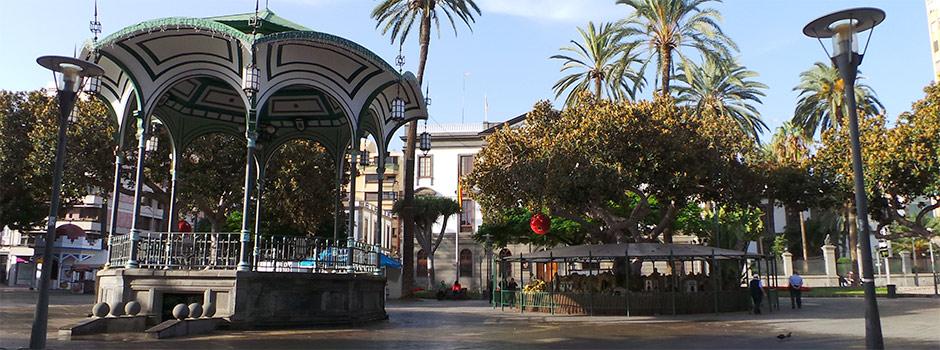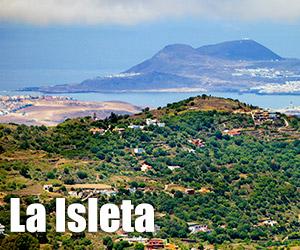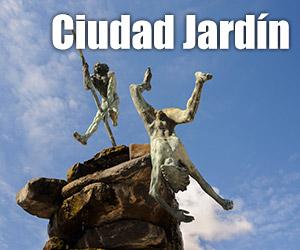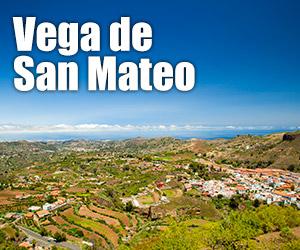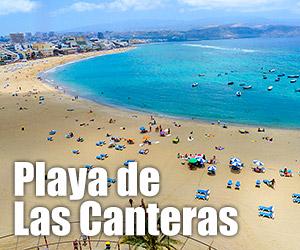The district of Triana, together with Vegueta one of the oldest districts of the city, has turned into Las Palmas’ main commercial centre – especially since its main street became a pedestrianised zone – with a multitude of retail outlets, ranging from tiny old-fashioned shops to big chain stores and up-market boutiques.
In contrast to the Vegueta quarter, which – because of its narrow streets and older buildings – transports you to the Middle Ages, the Triana quarter is far more bourgeoisie as mainly local, Andalusian, English, Maltese and Danish merchant families settled in this area. This also explains why the main street which crosses the whole district displays the fashionable architectural styles of the 18th, 19th and 20th century. In spite of a stretch of modern houses at the beginning of the Calle Triana, the entire street was declared a national historic monument.
In the south of Triana, almost opposite the Mercado de Vegueta, you'll find the Teatro Pérez Galdós, named after Spain’s second most famous writer after Cervantes. No longer neglected from the outside following a stunning face-lift, the venue features opulent interior decorations and a spacious auditorium. Offering a diverse programme, visit Pérez Galdós for classical recitals, jazz concerts, plays and more. Nearby, at the corner of Calle Cano/Calle Peregrina streets stands the Casa Museo de Pérez Galdós.
Continuing through Triana, close to the Casa Museo Pérez Galdós, you will come across a charming little square, the Plaza de Cairasco, at the northern end of which the splendidly art-nouveau Gabinete Literario is located, a building that – originally opened in 1844 – now houses a literary society as well as a restaurant/café with a nice, shady terrace. Another place of interest to be found in this corner of the city, where much of its cultural life takes place, is the grand building of the Centro Cultural de La Caja de Canarias (commonly known as CICCA), a small-but-perfectly-formed venue.
To the side of this small square runs the Alameda de Colón, where at the northern end, near a bust of Columbus, you will find the whitewashed, colonial-style Iglesia de San Francisco de Asís, which has three naves, a white marble floor, the typical Mudéjar ceiling and some important works by noted Canarian religious sculptor, José Luján Pérez. Destroyed by a fire in 1599 caused by an attack by Dutch pirates, this church was rebuilt during the 17th century and then became a parochial church when the monks were ejected (as they were throughout Spain in 1821).
Note:
In the north of the Triana district lays arguably Las Palmas' most picturesque park, Parque San Telmo, which can’t be missed, as it’s here where you’ll find the city’s main underground bus station and a major taxi rank. With shady palm trees, benches, a children' s playground and a bandstand, San Telmo provides respite from the hustle and bustle of Triana. Other attractions include a magnificent art-deco café, splendidly decorated with multi-coloured gleaming tiles, where you can enjoy a cold drink and/or snack under towering trees, and the small late-Baroque Ermita de San Telmo chapel, dedicated to sailors and fisherman. Nearby is the Gobierno Militar (Armed-Forces Headquarters) where General Franco launched the Spanish Civil War in 1936, a plaque marking the spot where he announced his rebellion.



